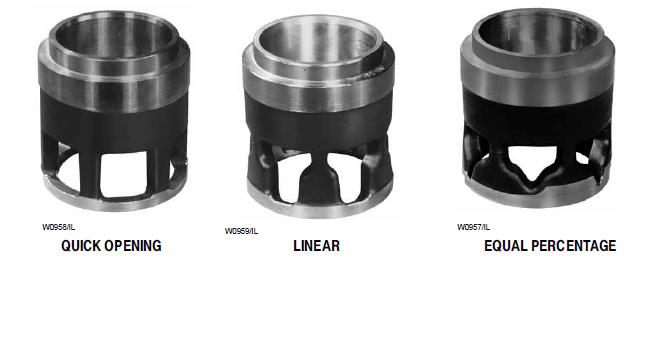Metal_slicer
Well-Known Member
- Joined
- Aug 31, 2013
- Messages
- 101
- Reaction score
- 28
I was considering making my cylinder head from brass but what about the valve seats? Will I need to insert steel valve seats or will brass work ok?

When you are set up and cutting the valves you use the same setup to machine a valve seat cutter, then mill some flutes in it on the mill and your valve seat angles will match perfectly.
Here's a link to a couple of pictures LINK. It's basically just a valve blank with a few grooves in it. The 'stem' keeps the cutter perfectly aligned and you just need to turn it by hand and it cuts a beautiful seat.
What is a valve cage? I know of valve guides with integral seats and ports but never heard of cages.

Enter your email address to join: